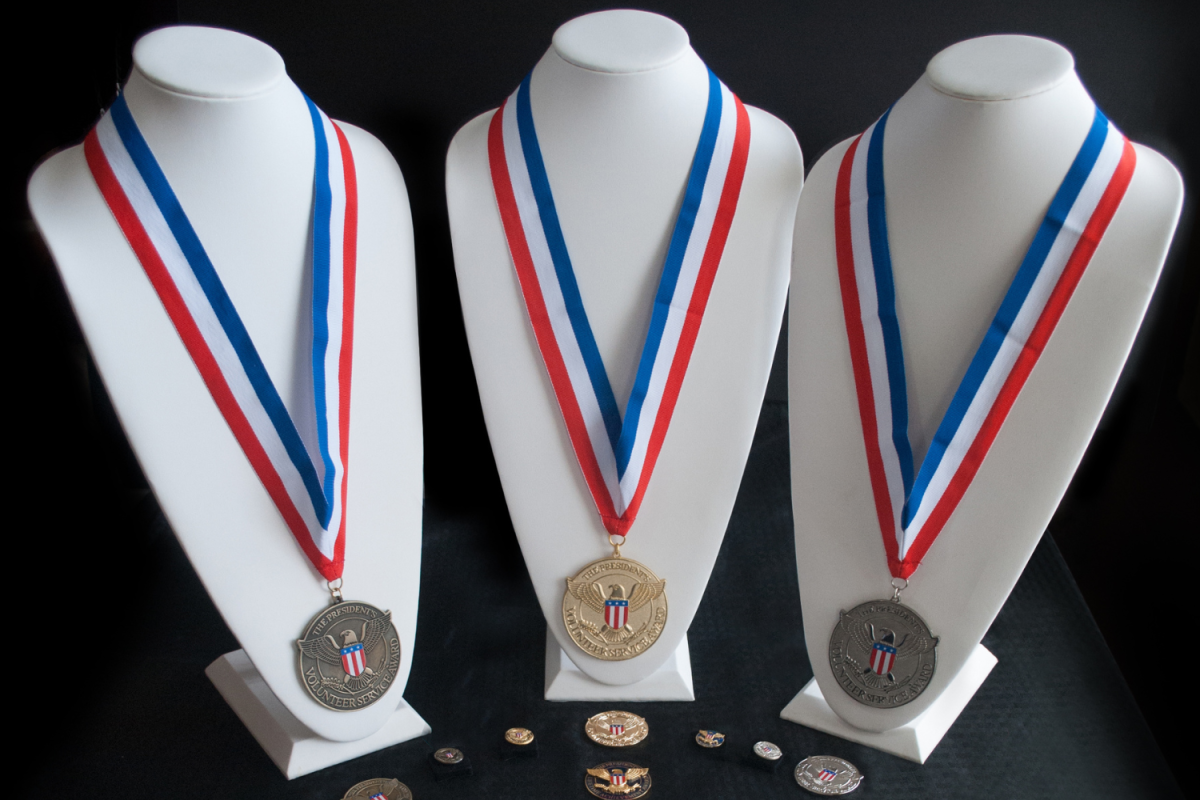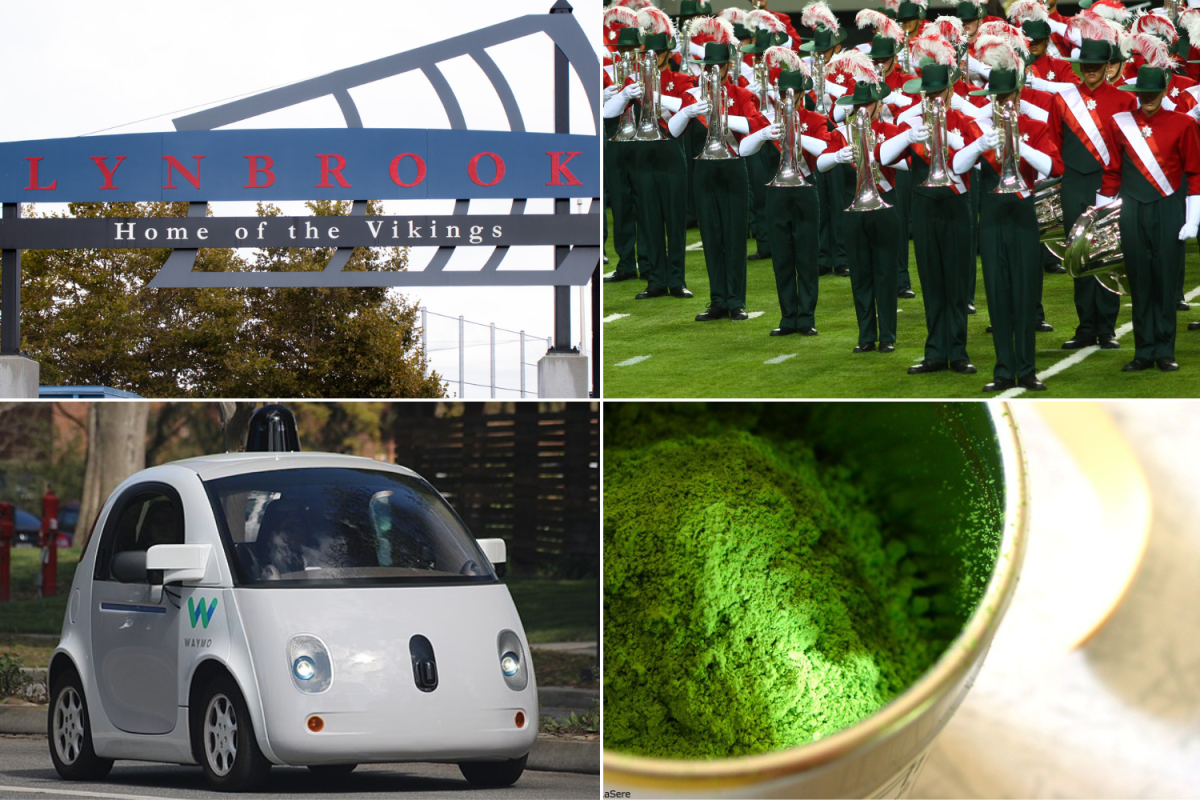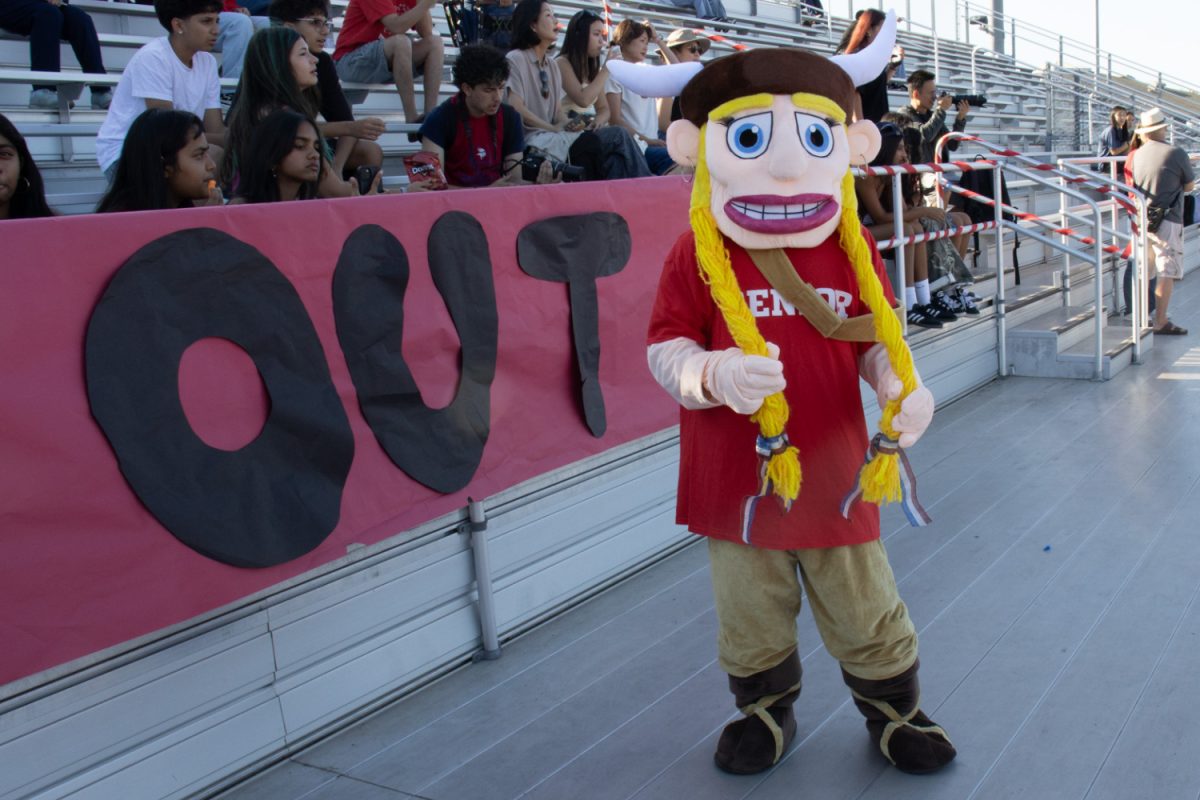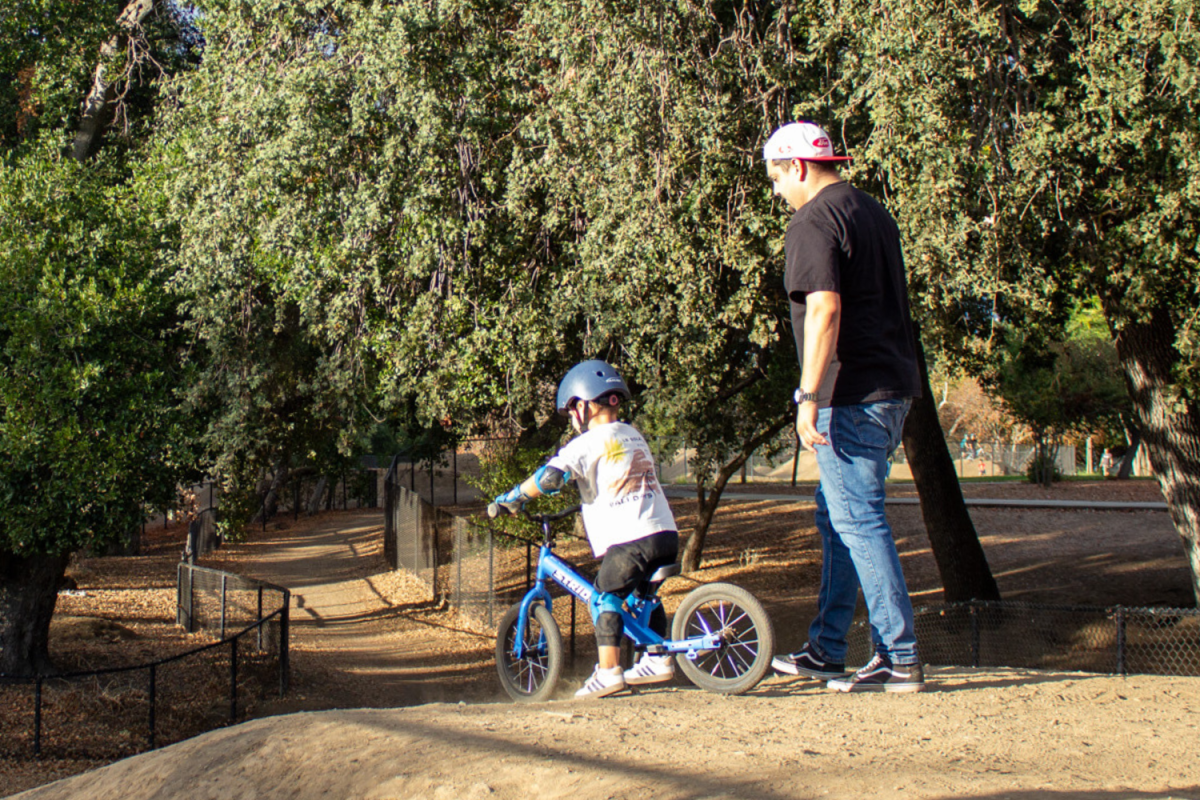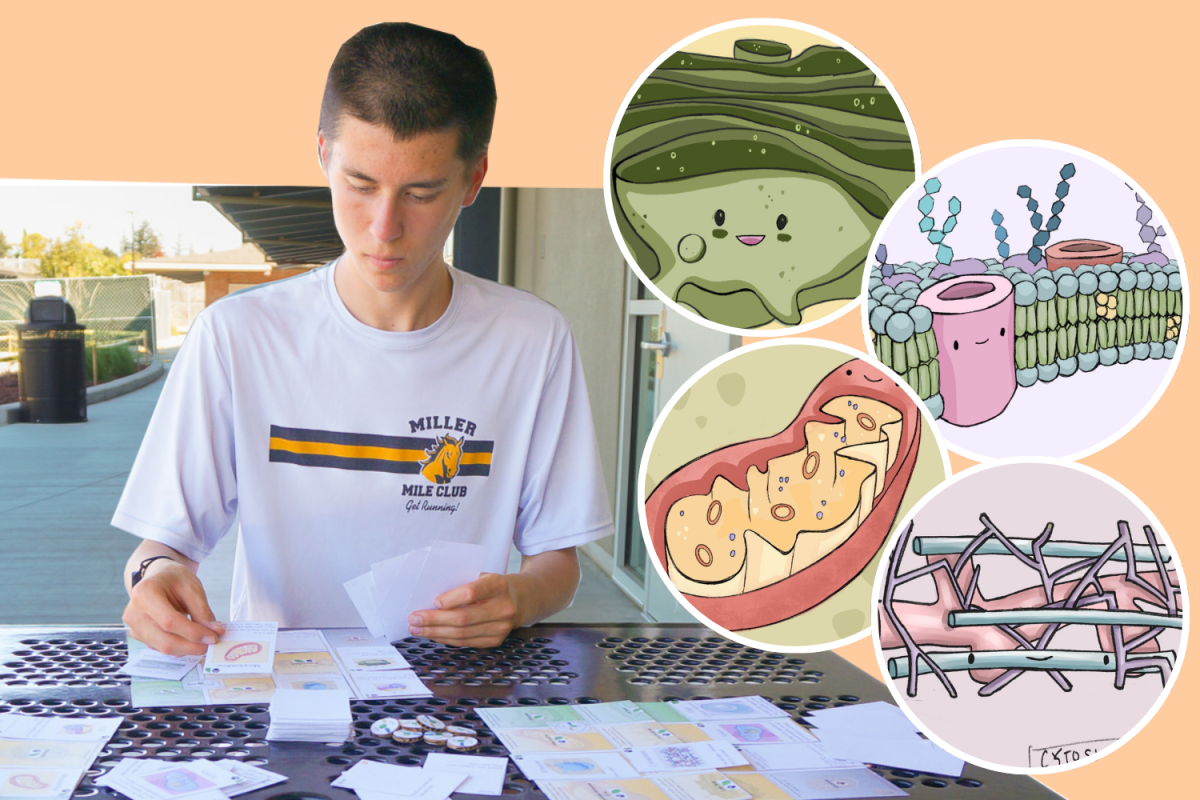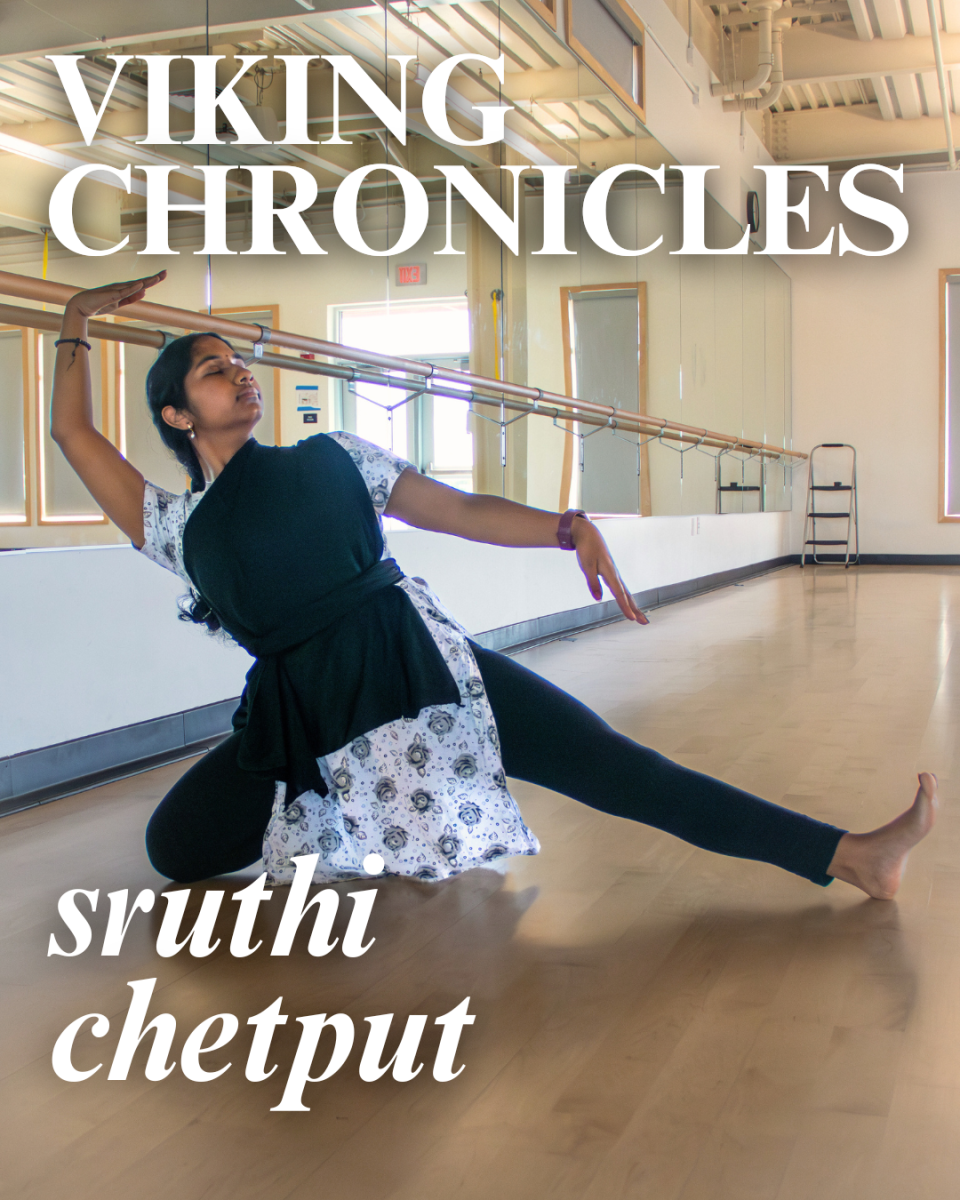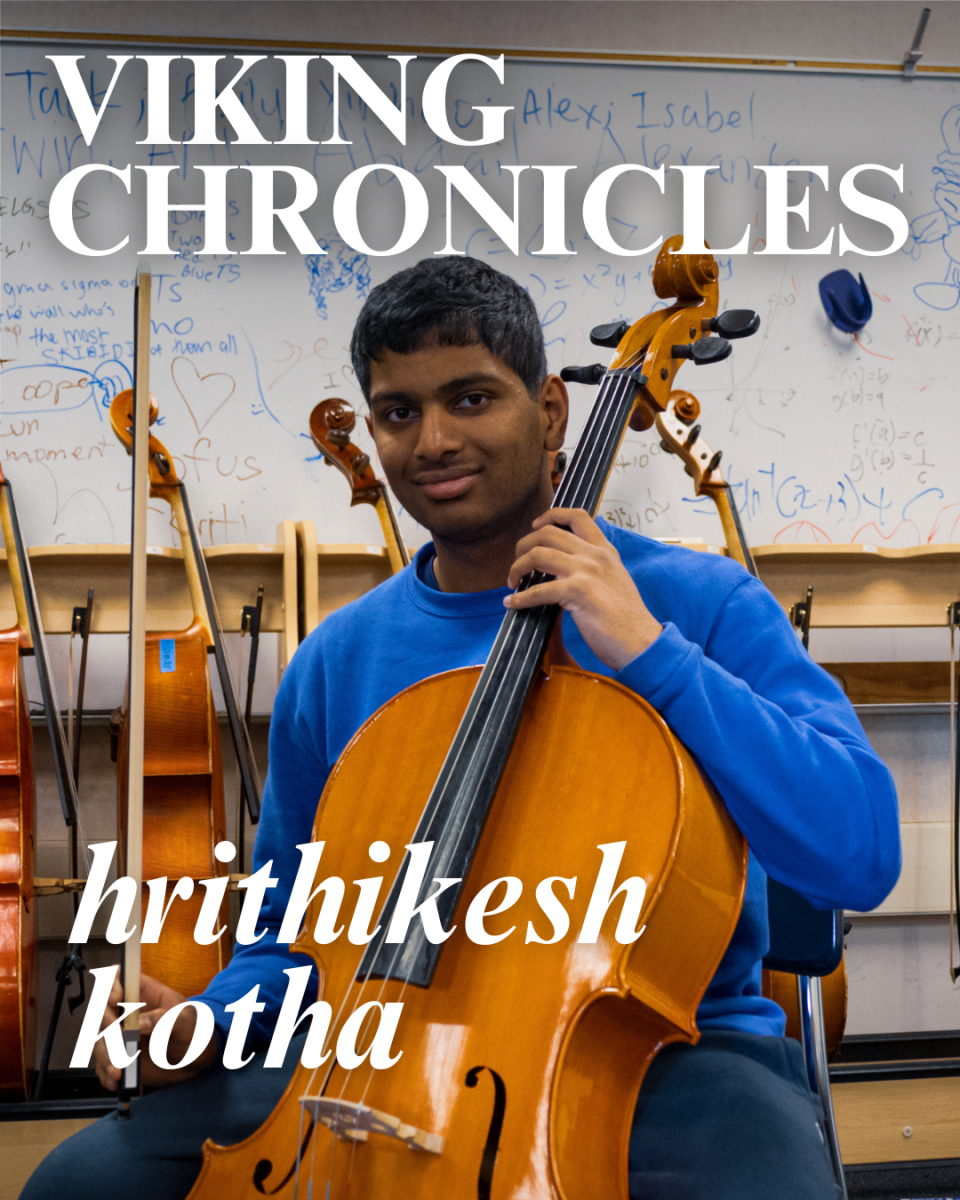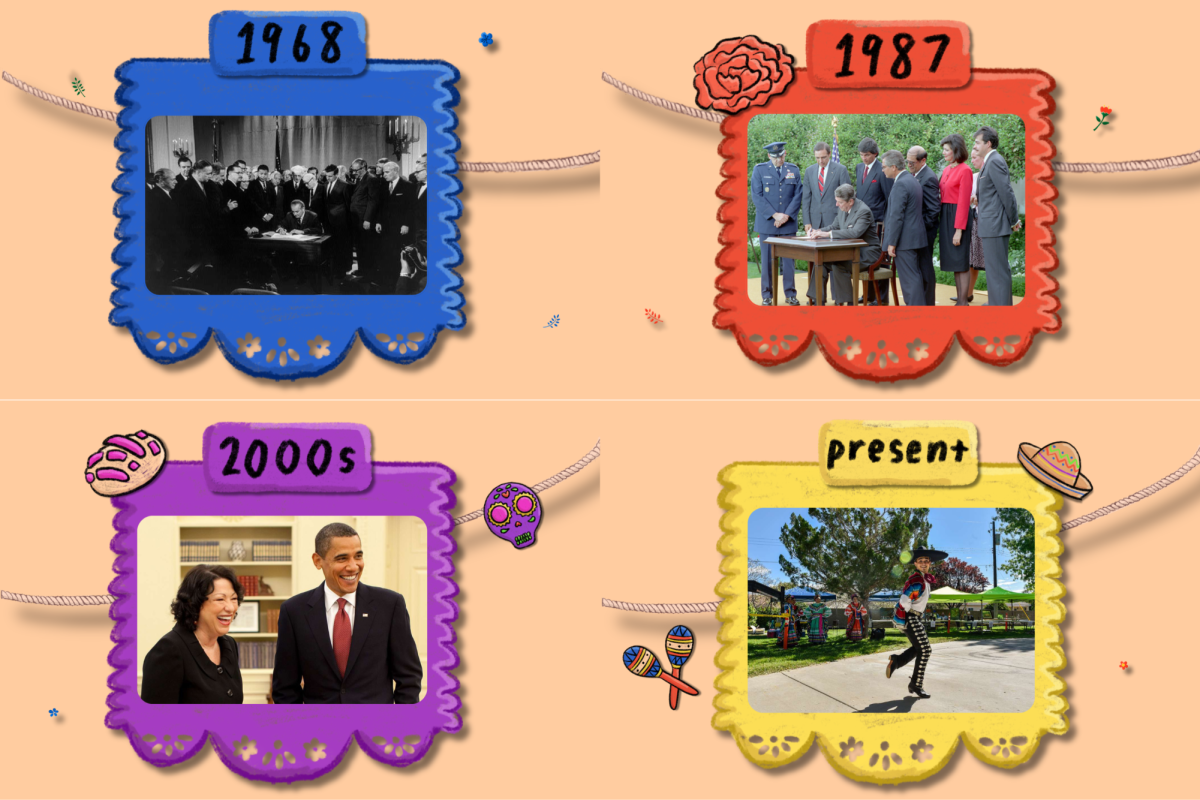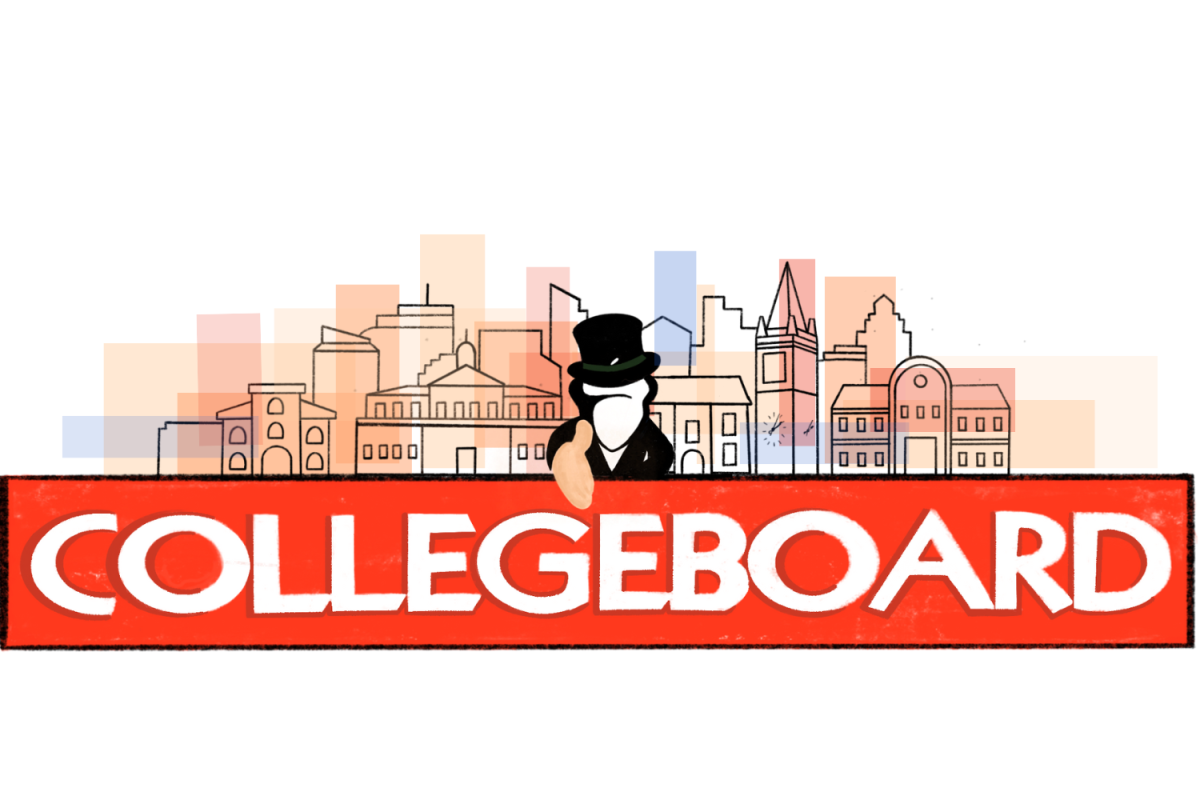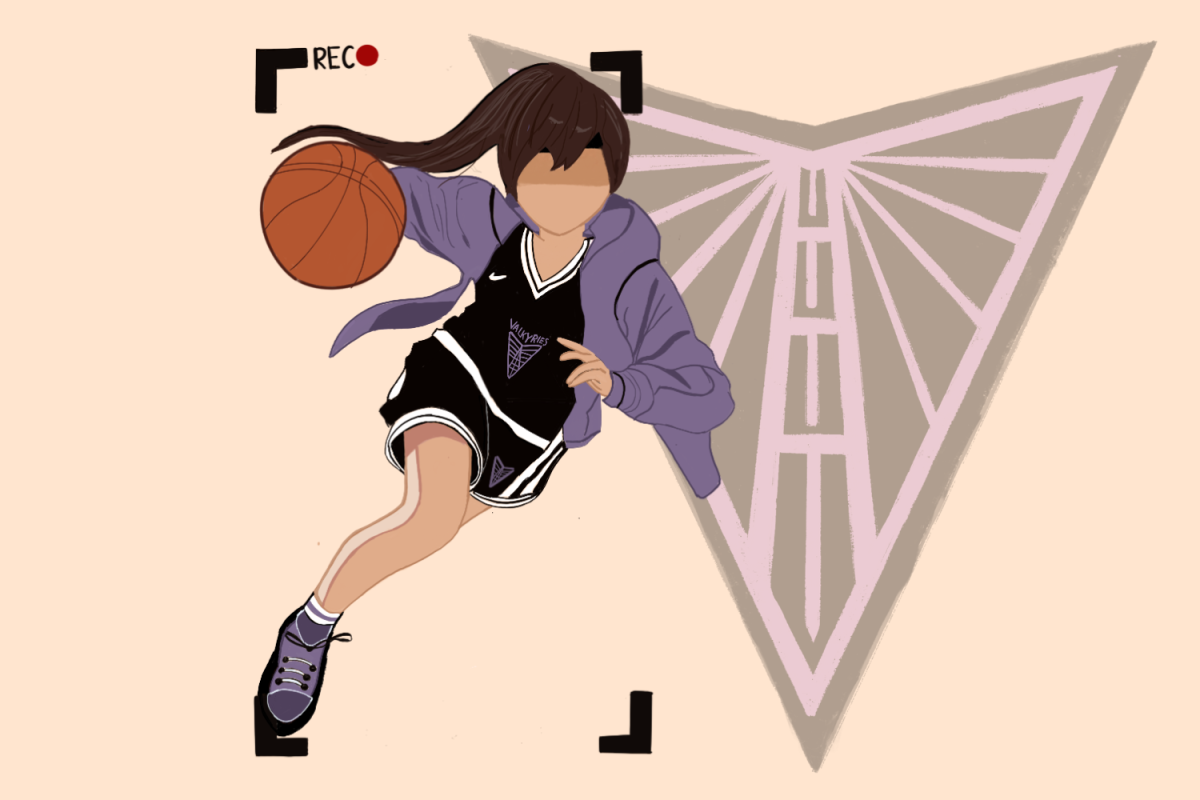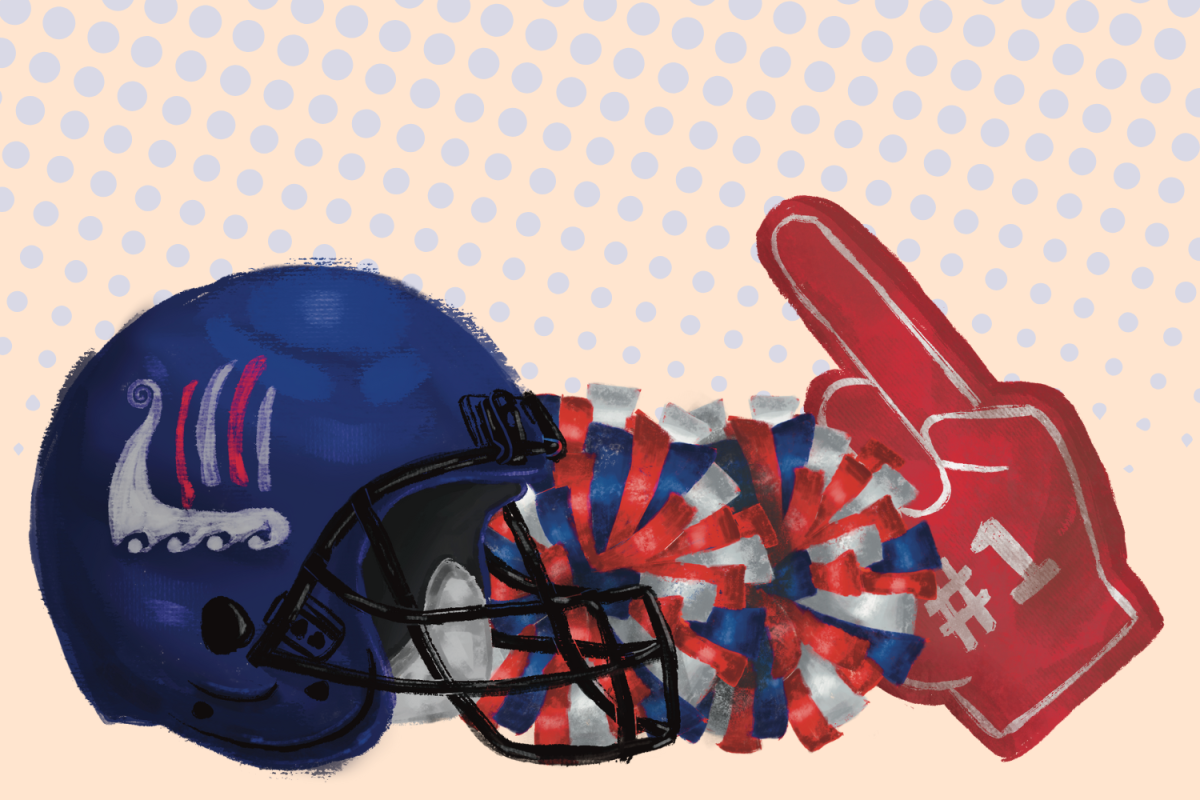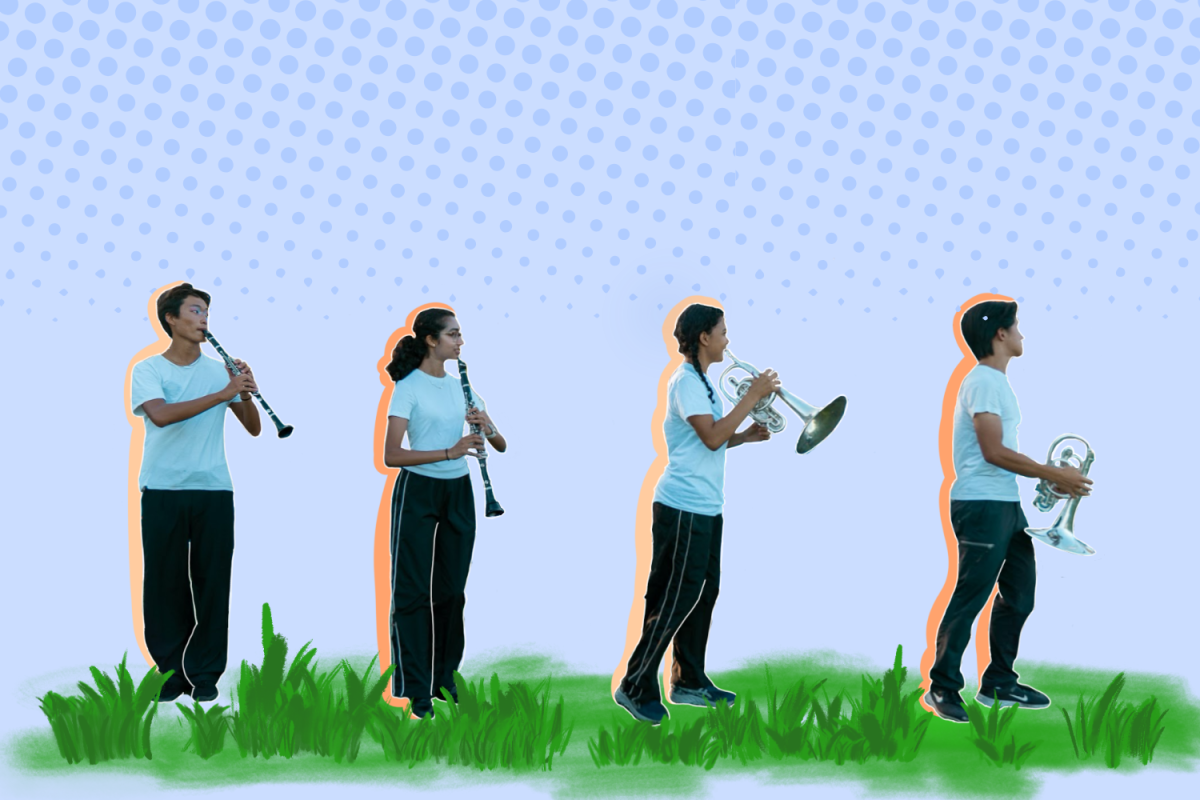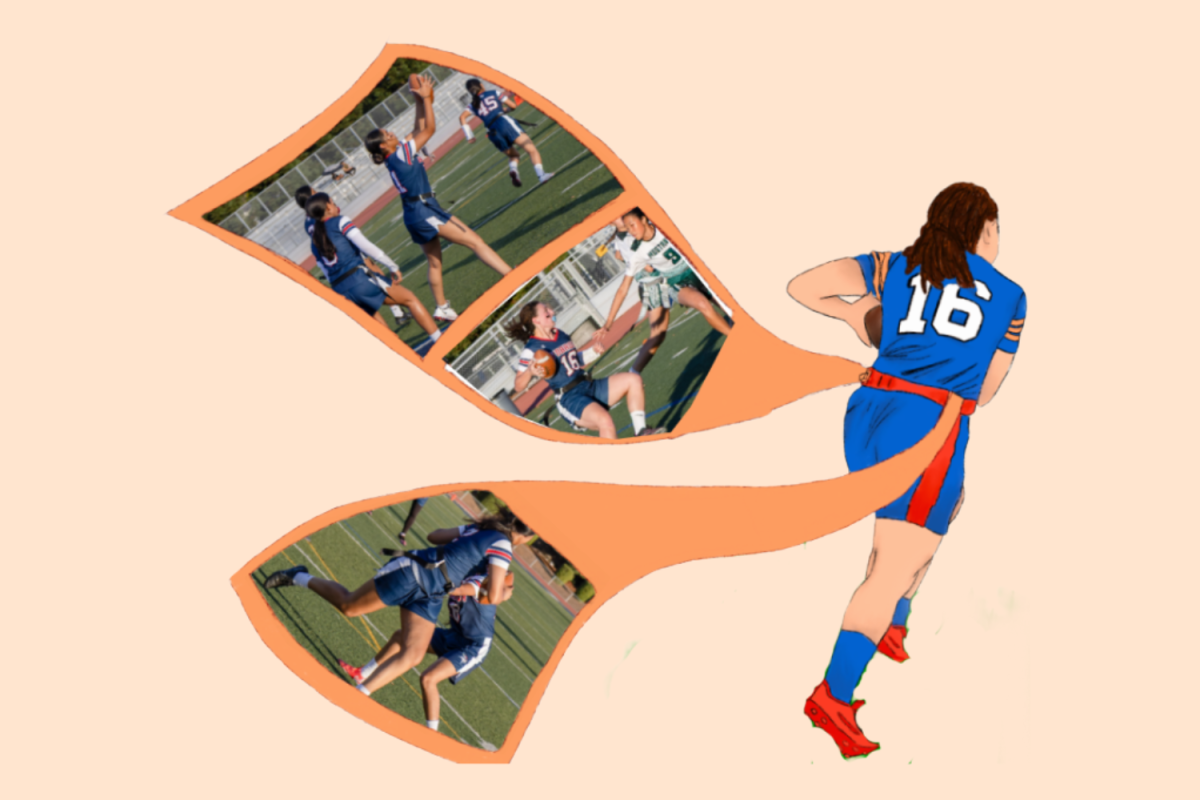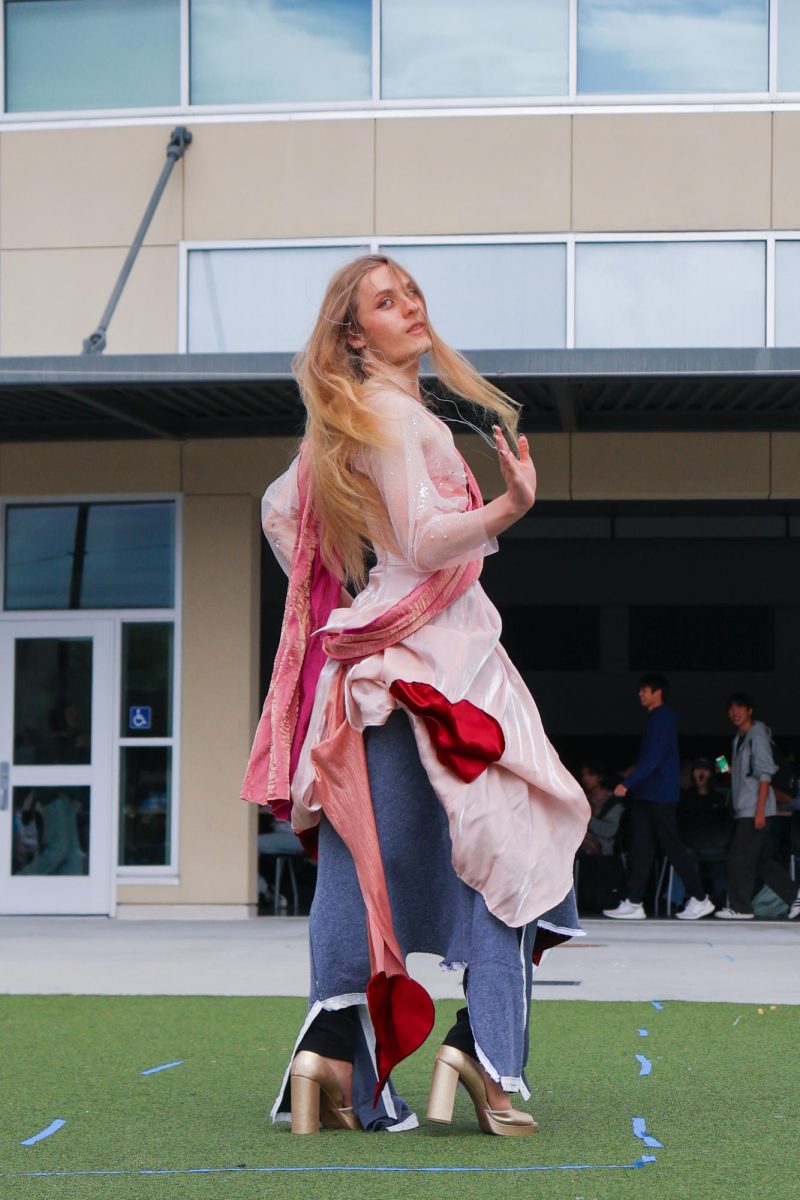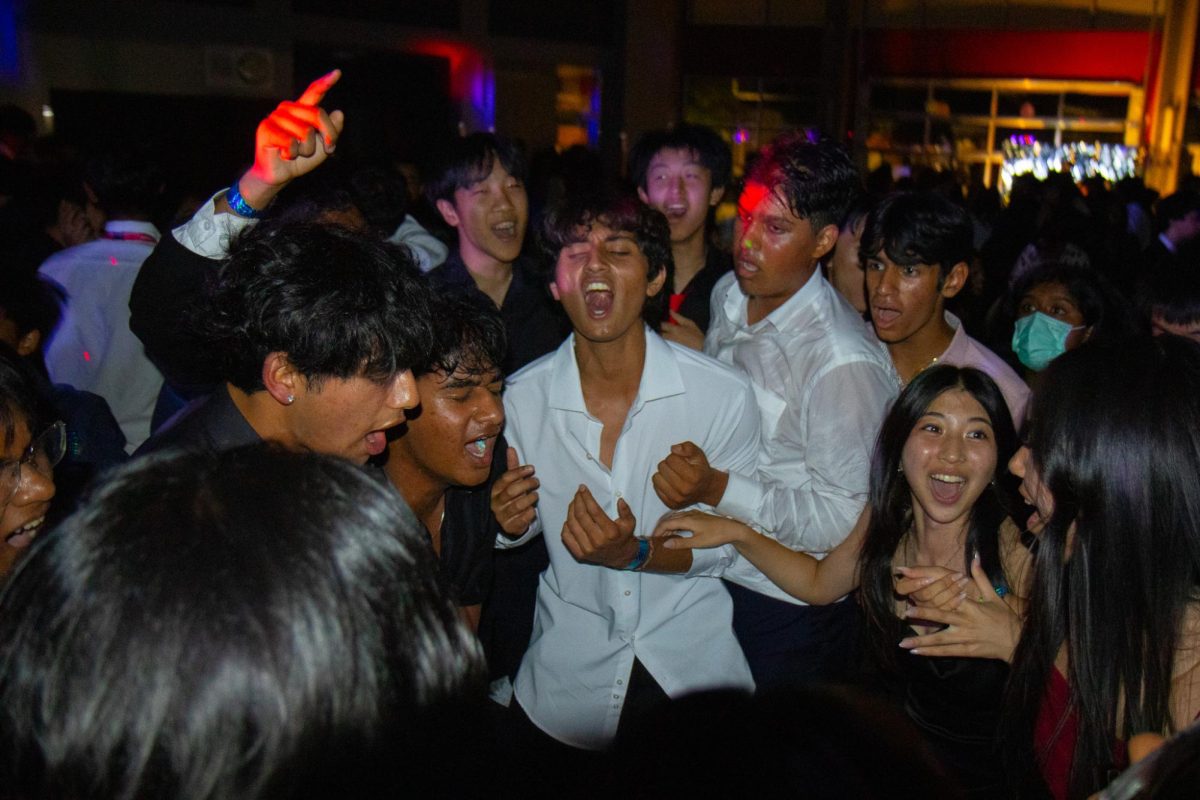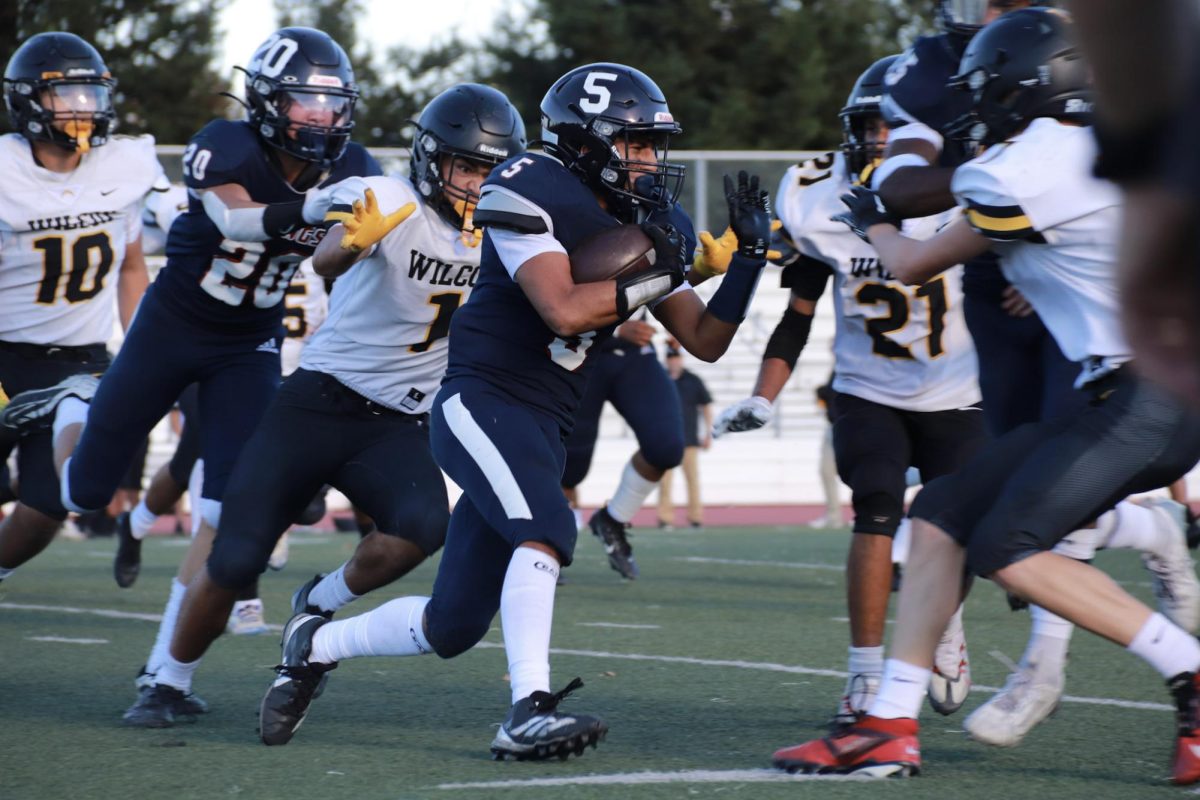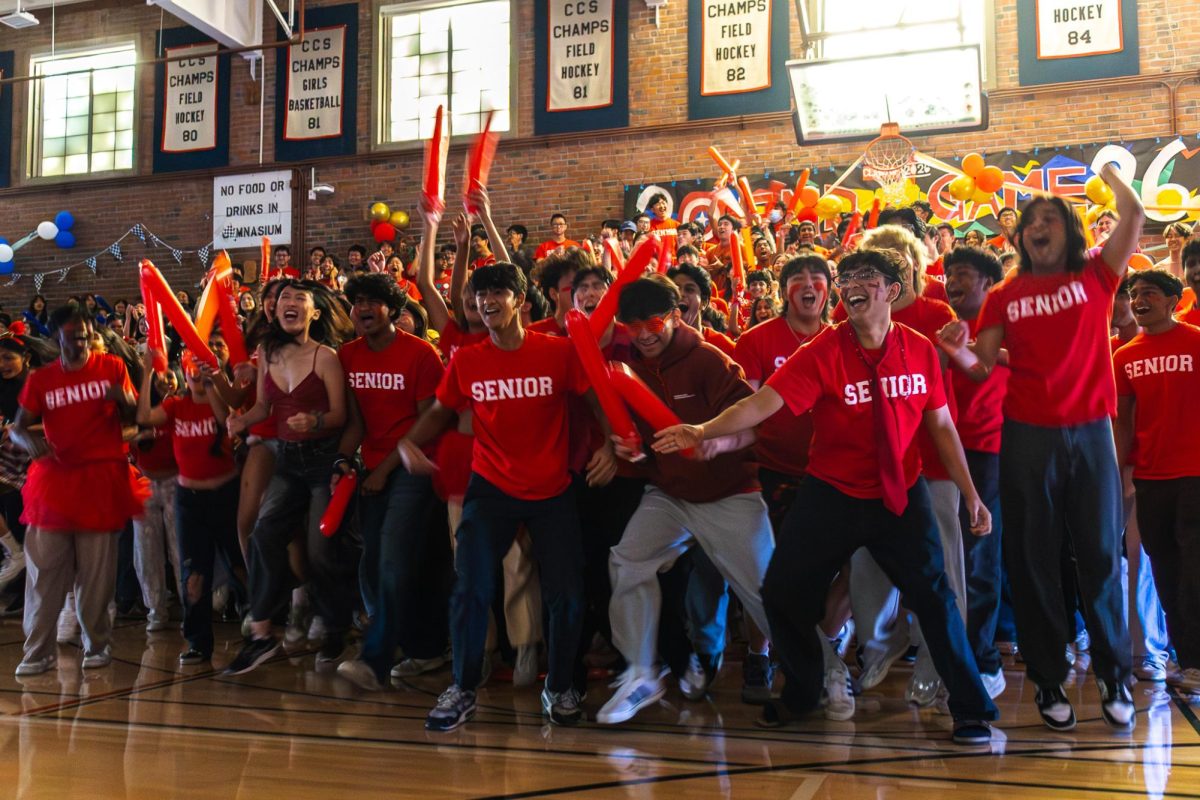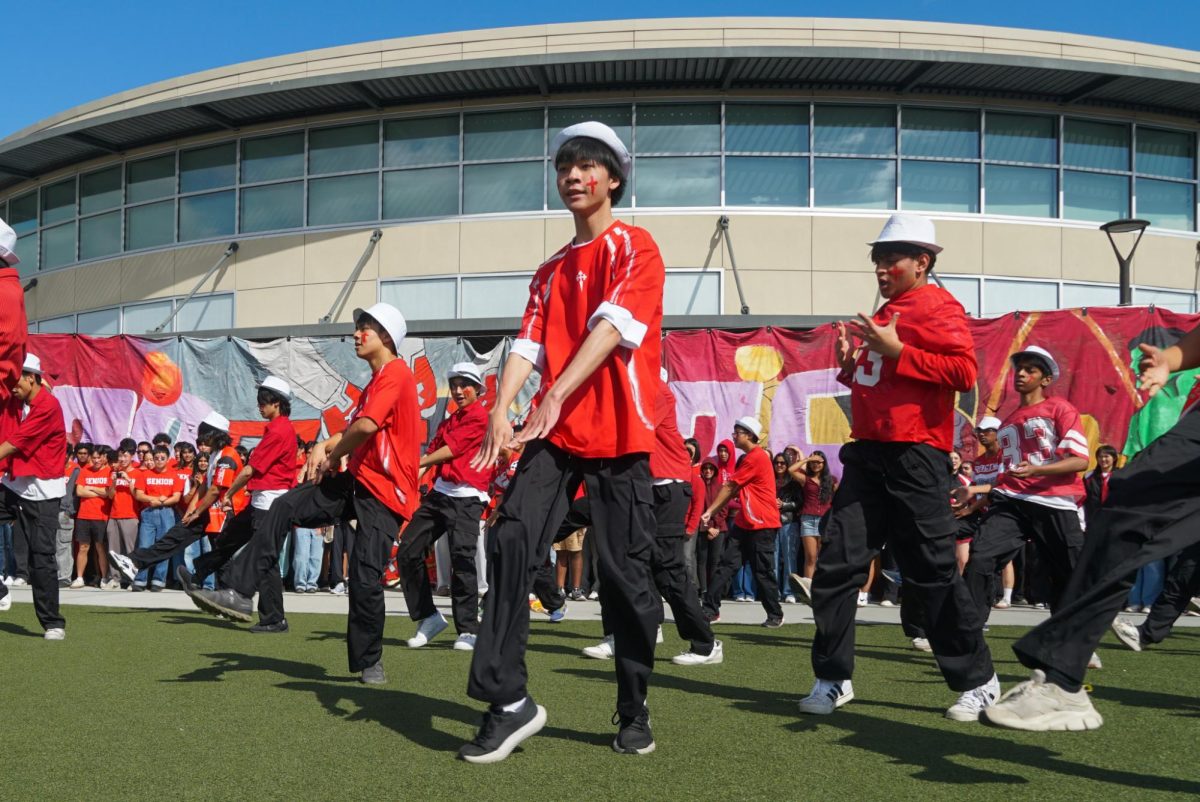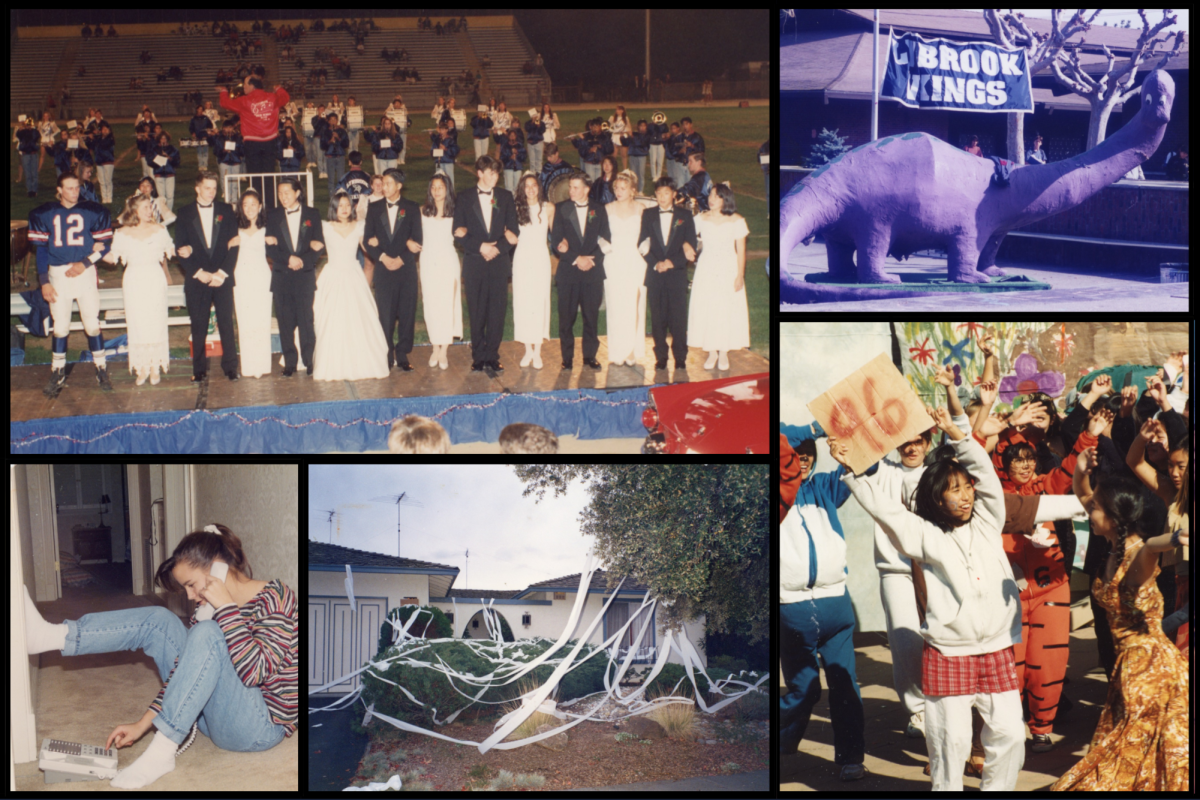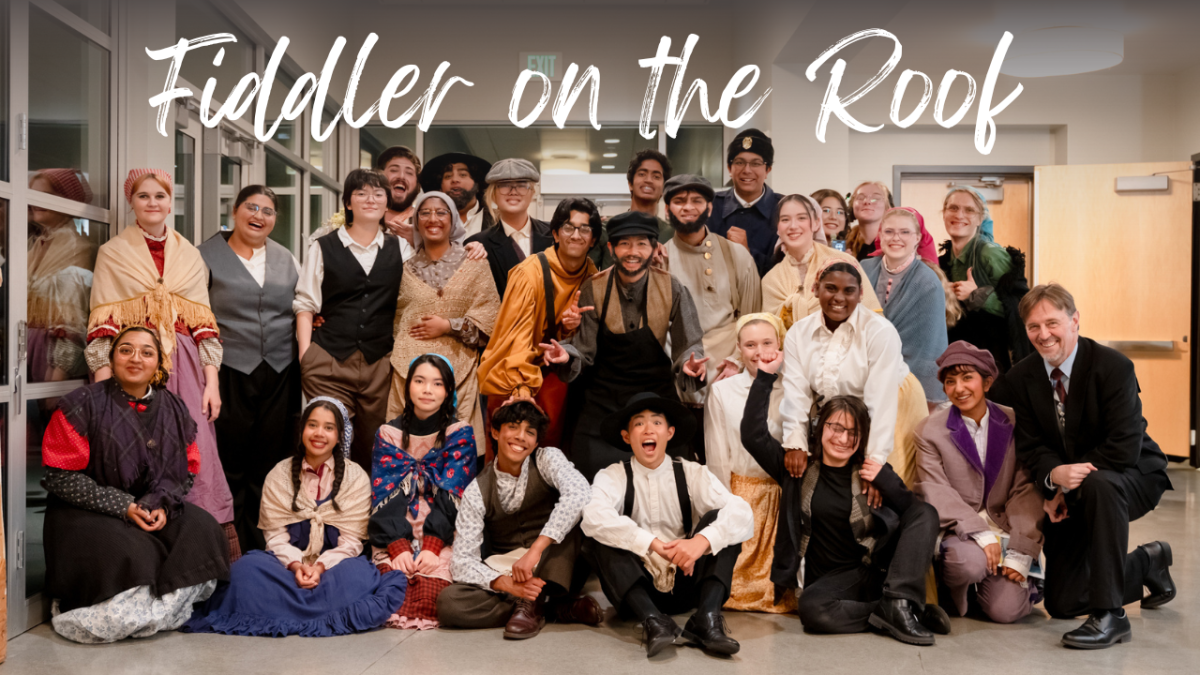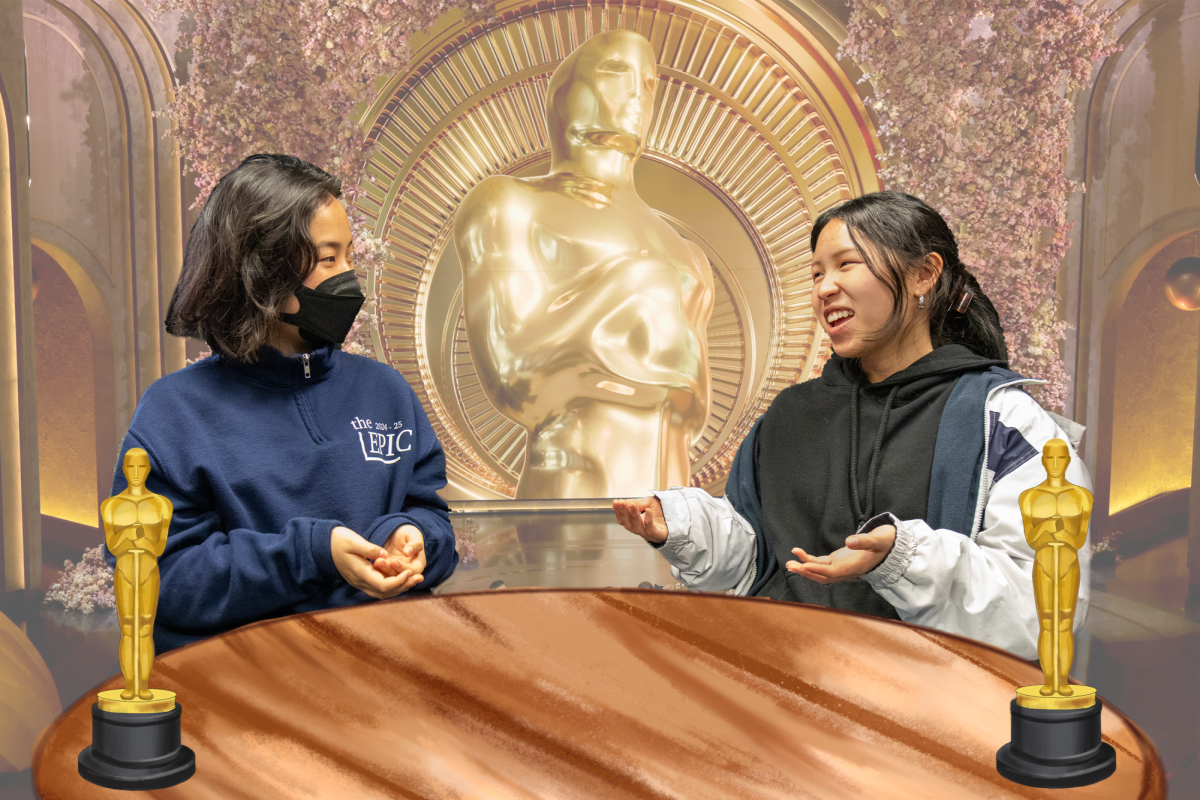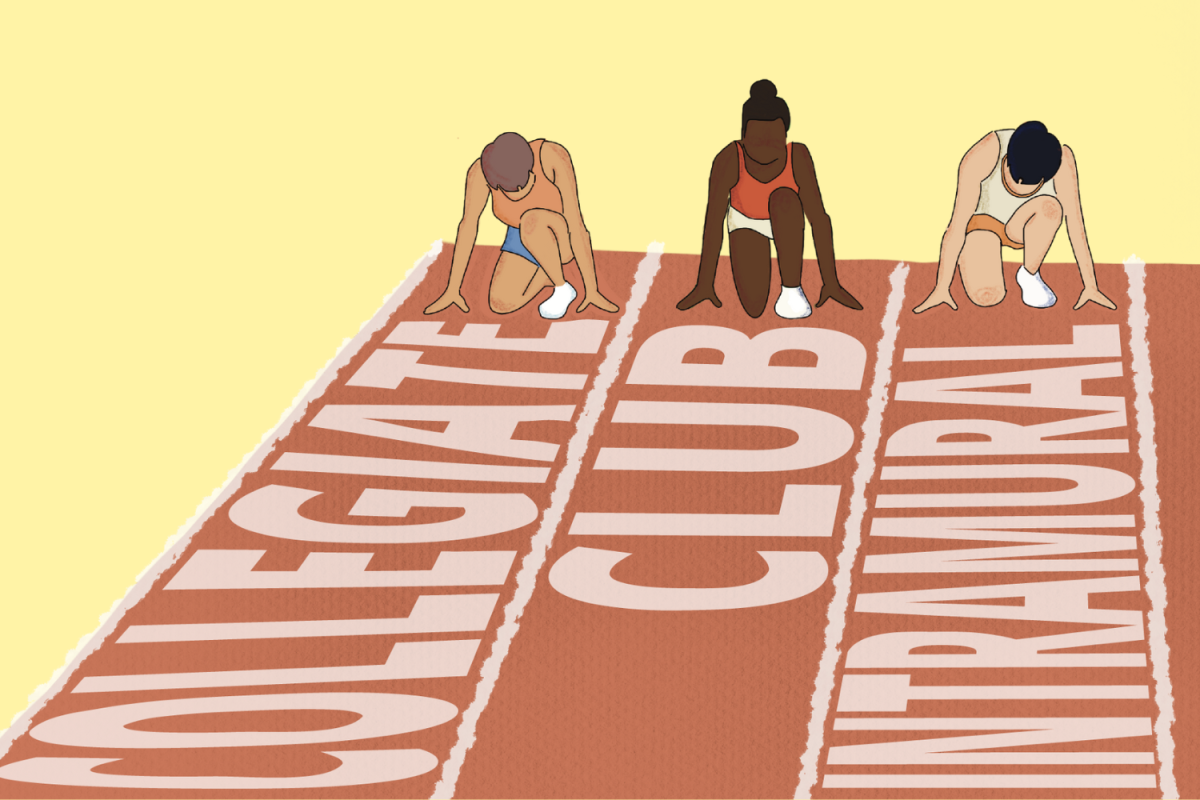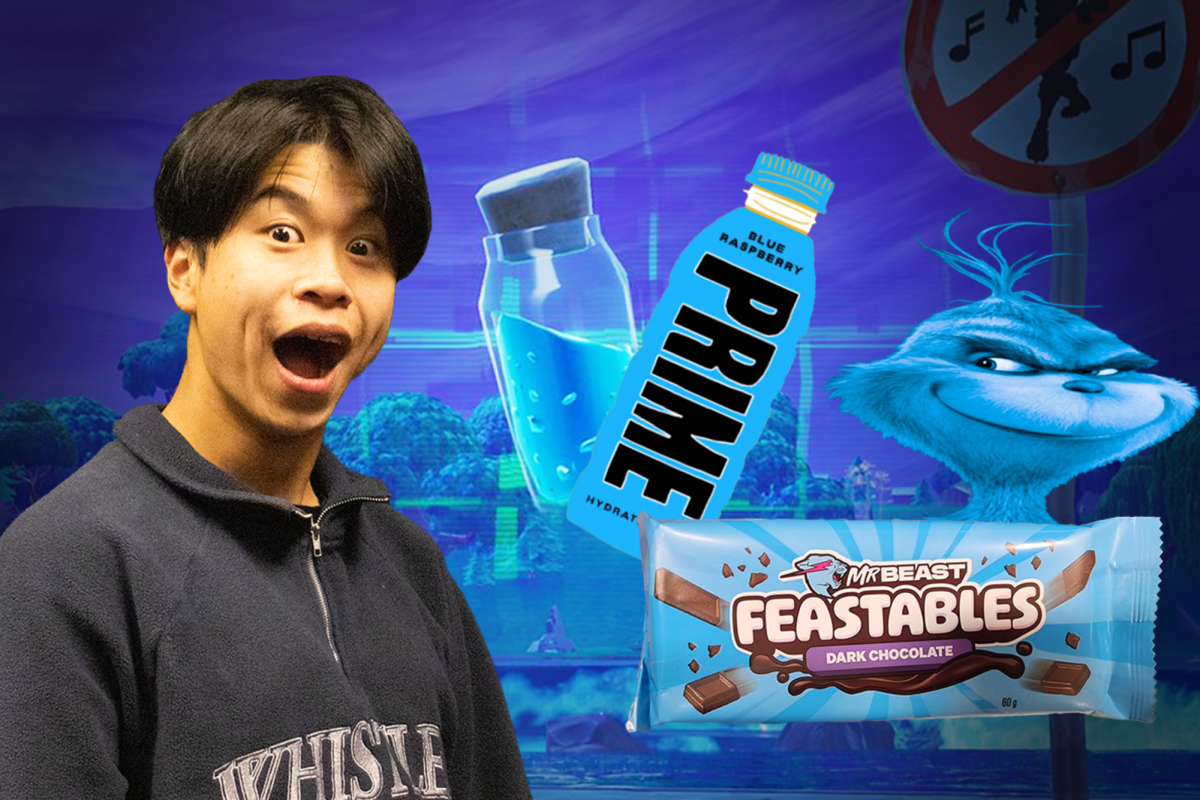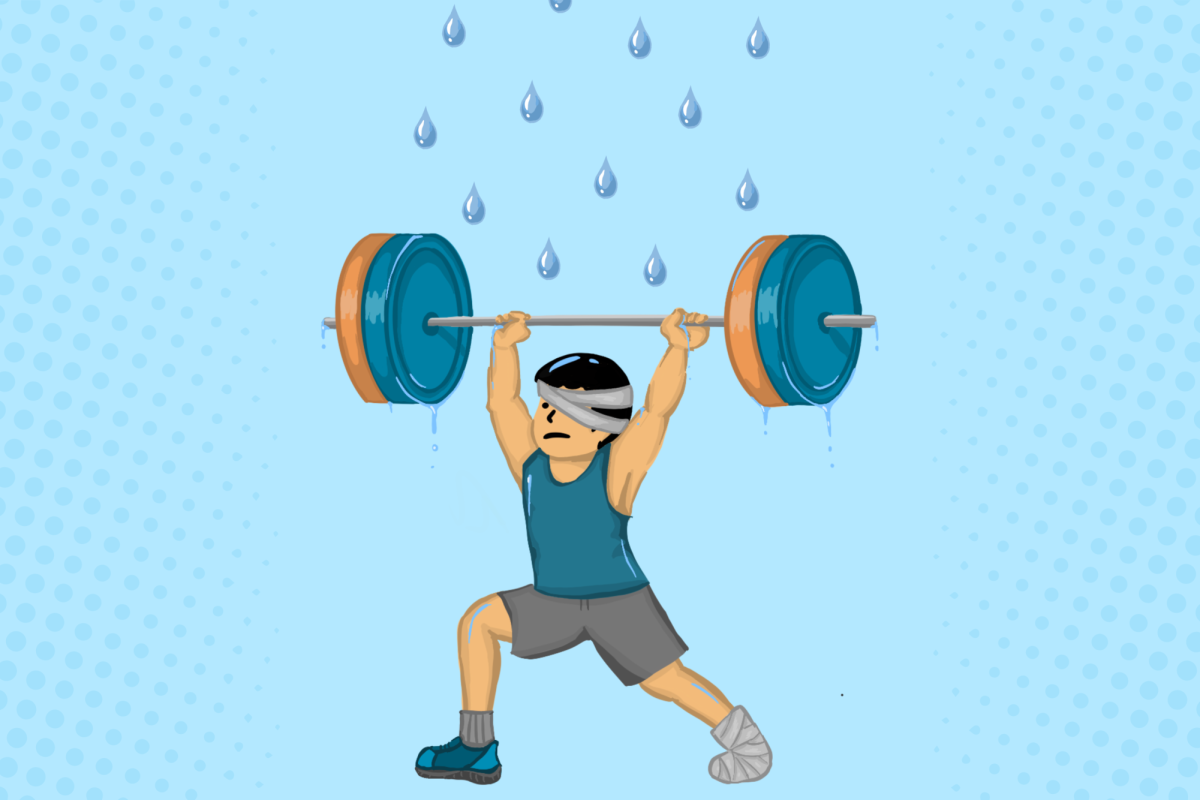According to the National Collegiate Athletic Association, more than 520,000 student-athletes participate in collegiate sports. In fact, it doesn’t even come close to the actual number of college student-athletes who participate in sports; many students participate in college sports through club and intramural teams as well.
Students who find themselves looking to play their sport professionally often consider being recruited to a collegiate sports team. Collegiate athletes represent their college, actively playing against teams from other schools. Governed by large sports organizations such as the National Collegiate Athletic Association, collegiate sports are divided into three different divisions: Division I is the most competitive, time-consuming and generous in scholarships; Division II tends to be less competitive and has less opportunities for scholarships than Division I, but is still a popular option for students looking to commit a chunk of their time to collegiate athletics; Division III is the least time-consuming and for students who are looking for a more traditional college experience while taking on collegiate athletics.
“Being recruited to play a sport typically means you’re at the top of the game not just in your high school, but also probably in the county, and colleges have heard about you,” College and Career Adviser Shveta Bagade said. “But you can also be the one to initiate communications with college coaches. In other words, you can email a coach and say, ‘hey, I’m interested in playing with your team.’”
However, some students may be looking for more casual and less time-intensive opportunities that would still allow them to participate in athletics in college. One option is club sports, where students can compete against clubs from other colleges normally within the same region. Club sports also offer sports that may not be recognized by the NCAA, such as bowling and esports. While entry to the club team is not as selective as that of collegiate sports, some teams can still be competitive in terms of recruitment. The process differs by school and the sport, but prospective athletes typically fill out an interest form to be invited for tryouts. Tryouts are similar to high school sports: prospective athletes can expect conditioning, an evaluation of physical fitness level and endurance and an assessment of technical skills specifically for the sport.
“While NCAA teams and games are run by professional staff, most club teams tend to be run by the students,” Bagade said. “They have coaches that are hired, but it’s the students who are really taking care of logistics. In a way, it helps students gain leadership and management skills.”
Another alternative for students is intramural teams, where multiple teams for a sport exist within an institution and compete against each other. Intramural teams are known to be low-stakes and less time-consuming and can be as simple as a group of friends starting their own team for, say, pickleball.
For students who are interested in learning a sport, they may be engaged in sports interest clubs. Similar to intramural sports, interest clubs are low-commitment, though they may appeal more to beginners and those who want to learn than play.
Whether it’s playing professionally in a varsity team or competing for fun in an intramural team, there’s always a place for anyone of any level to fulfill their athletic passions in college.
“As a college student, you have so many different ways to be involved in sports,” Bagade said. “It all comes down to not only the level of your skill but also how big of a piece you want the sport to be a part of your college experience.”

